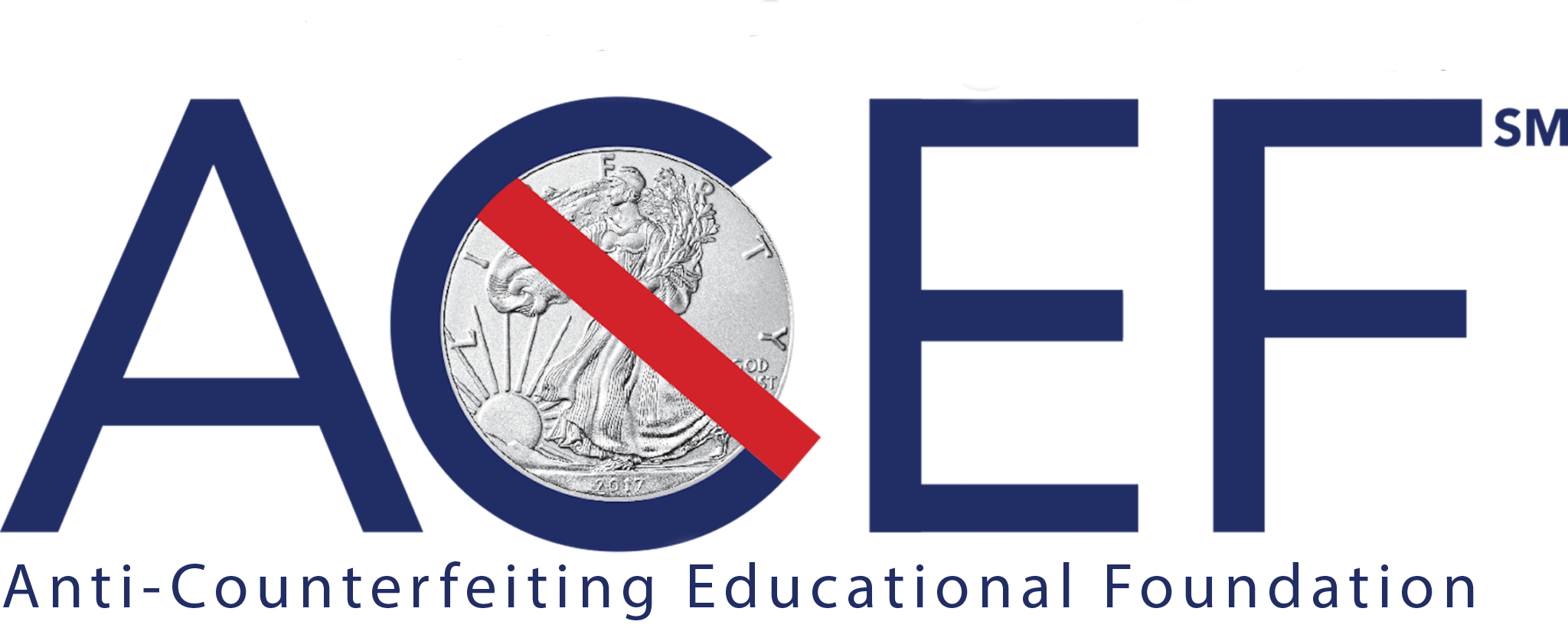Purchasing coins online based on the posted images can be hazardous to your pocketbook! That’s especially true because images can be manipulated. Also, the images you see online often are not of the coin that arrives in your mailbox.
One of the most counterfeited U.S. coin series is the Morgan silver dollar, issued by the U.S. Mint and dated 1878 to 1921. All genuine Morgan dollars are 90 percent silver (.900), weigh 26.73 grams, and have a diameter of 38.1mm.
The best defense against counterfeits is to become familiar with the design elements and surface qualities of the genuine coin. Good sources for images of genuine U.S. coins are available to view in the auction archives of the major auction firms such as Heritage (ha.com) or Stacks-Bowers (stacksbowers.com).
If you are making your buying decisions strictly from viewing images online, pay particular attention to the fields of the surface areas on the obverse (heads side) of a genuine coin of the same date and denomination design series and compare to the obverse image of the coin you are seeing online. Often the fake appears to have a slightly textured surface. The design elements also differ, even though some fakes are close to the genuine. For the Morgan dollar series, compare the genuine Liberty’s eye, nose, lips, and chin to the coin you’re considering purchasing. If they are not exactly like the genuine, the coin is a fake.
Once you receive your purchase, there some easy tests you can perform to determine if it is genuine.
First, examine the “third side” or edge of the coin. Counterfeiters often use a thin layer of silver to plate the obverse and reverse. But they don’t bother to cover the edge. You will be able to see the applied silver from the difference in color and unevenness on the edge.
Don’t rely on a magnet as a test. Since the Morgan dollar is 90 percent silver, it is not attracted to a magnet. Some of the fakes will cling to a magnet, but most of the fakes made in the last five to eight years do not. Counterfeiters have switched to metal alloys and thin coatings of silver to defeat the magnet test.
Pocket-sized digital scales and a digital caliper used to measure diameter are available online for a total of approximately $30 to $40. If the newly purchased coin does not meet the standard diameter (38.1mm) and standard weight (26.73 grams), it’s counterfeit.
If you determine the coin you purchased is counterfeit, use the return policy of the platform on which you purchased the fake to return it and be reimbursed. Also, stop payment, if you used a credit card for the purchase.
Did you correctly identify the real Morgan dollar?
The real Morgan dollar is shown on the right, the counterfeit is on the left.



